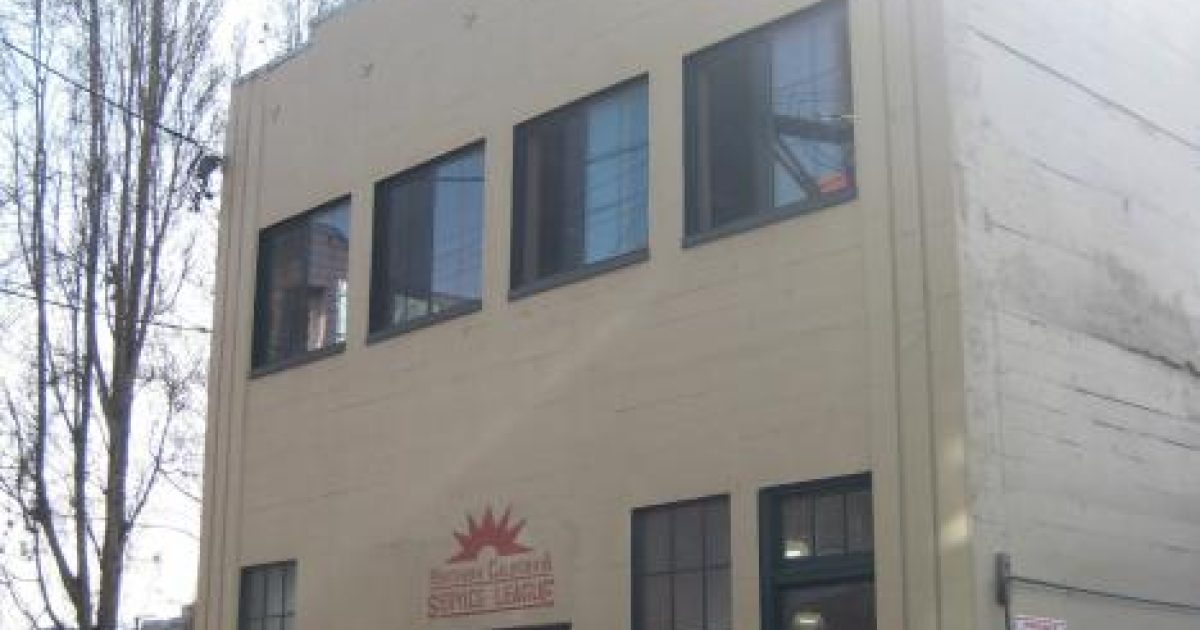Blog Mar 5, 2013
Part IV: Trends in Girls’ Crime
This is the last of my four part blog series on girls and juvenile justice. Part I provided an overview of the most recent information, Part II discussed the prevalence of histories of sexual abuse among justice-involved girls, Part III dealt with runaways, and this blog will conclude with the most common offense committed by girls.
Blog Feb 28, 2013
Announcing Merger and Plans to Rebrand
We are pleased to announce an exciting development for the Center on Juvenile and Criminal Justice (CJCJ). CJCJ’s merger with the Northern California Service League (NCSL) is now complete. The union of these two venerable nonprofit agencies creates an even stronger and more vibrant organization ready to face the challenges of the future.
In conjunction with the merger, CJCJ relocated into the former-NCSL headquarters in April 2012 at 40 Boardman Place, San Francisco, CA 94103. Please update your contact information with our new telephone extensions.
Exciting news for CJCJ
Age-old practices have slowly begun to shift at California’s Division of Juvenile Facilities (DJF) as staff experiment with common-sense reforms, such as positive reinforcement, limiting use of isolation, and providing access to outdoor recreational space. However, barriers towards sustainable reform will exist as long as youth are housed in outdated institutions.

